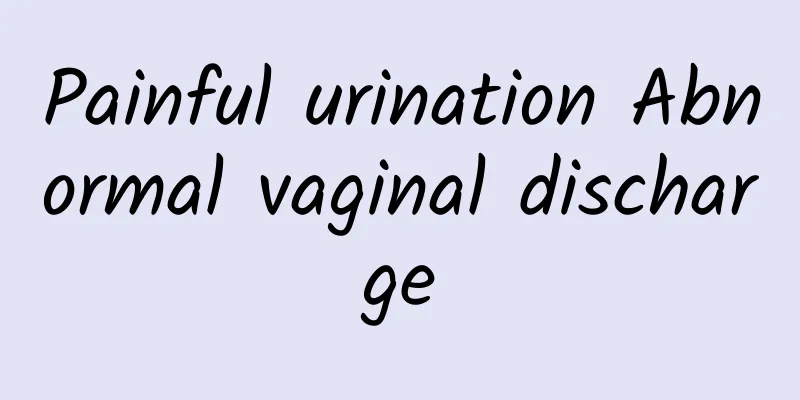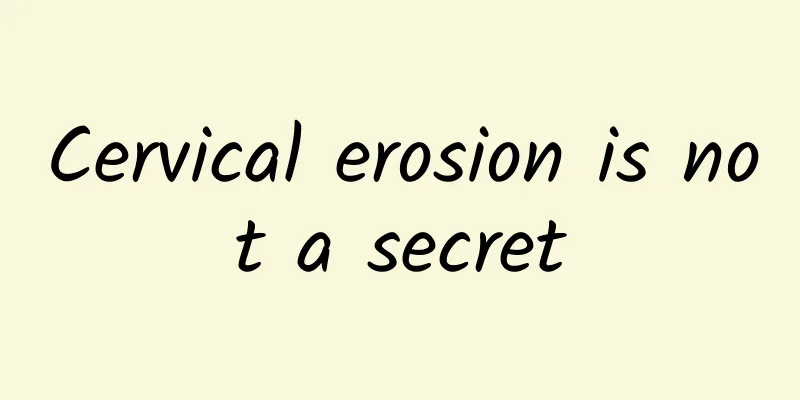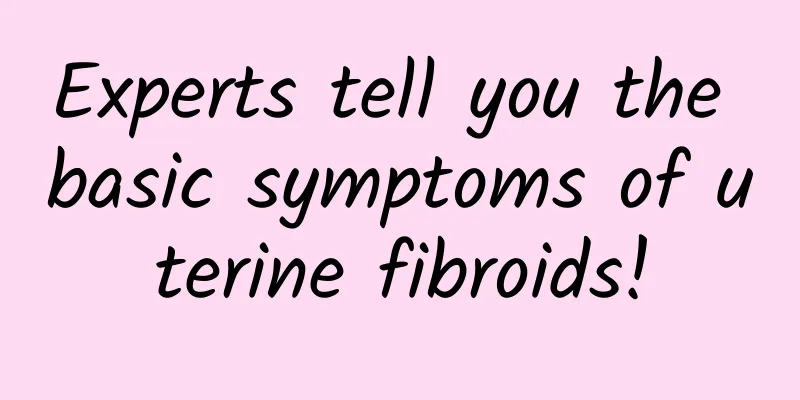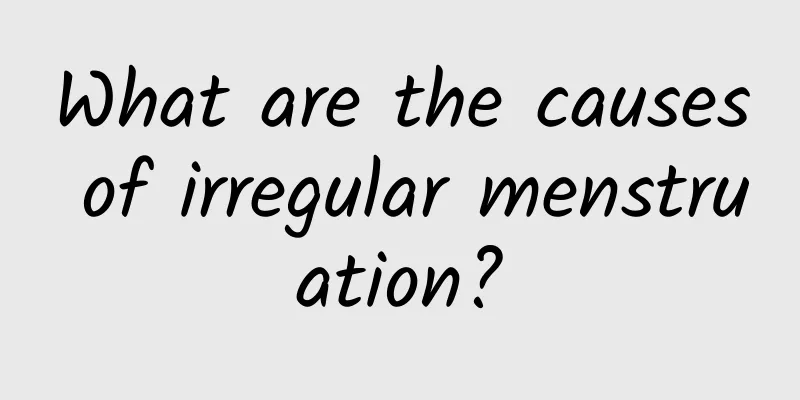What are the pathological characteristics of ovarian cysts and what should you eat after surgery?
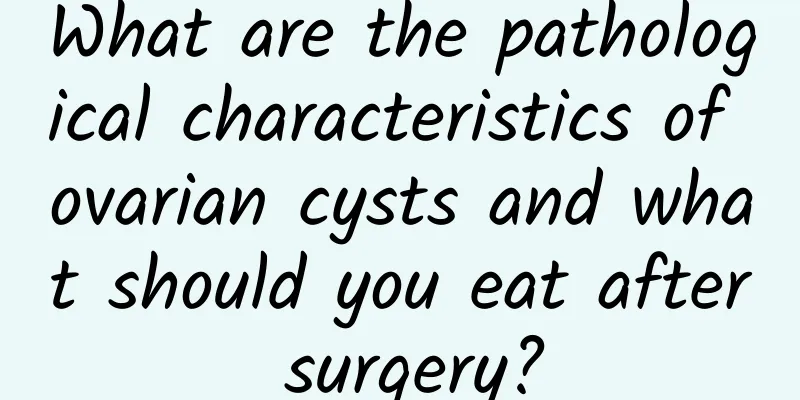
|
Sitting for a long time can easily lead to blood circulation disorders and ovarian cysts. In addition to paying attention to the characteristics of ovarian cysts themselves, you should also understand the overall situation. So, what are the pathological characteristics of ovarian cysts? What should you eat after surgery? As far as we know, the cause of ovarian cysts is multifactorial, including genetics, environment, hormones and viruses. Common pathological characteristics of ovarian cysts: 1. Common epithelial tumors: This type of tumor mostly originates from the coelomic epithelium on the surface of the ovary, accounting for about 2/3 of primary ovarian tumors and about 70% of all ovarian cancers. 1. Serous tumors: benign ones include serous cystadenoma, adenofibroma and cystic adenofibroma; serous borderline tumors; serous cystadenocarcinoma. 2. Mucinous tumors: mucinous cystadenoma; borderline mucinous cystadenoma; mucinous cystadenocarcinoma. 3. Endometrioid tumor: endometrioid tumor; endometrioid carcinoma. 4. Ovarian clear cell carcinoma. 5. Brenner's tumor: benign Brenner's tumor, hyperplastic Brenner's tumor, malignant Brenner's tumor. 2. Sex cord-stromal tumors: granulosa cell tumor; thecoma; fibroma, testicular blastoma. 3. Ovarian tumor-like lesions: follicular cysts; corpus luteum cysts; multiple luteinized follicular cysts; polycystic ovaries; ovarian endometriosis cysts. After surgery for ovarian cysts, attention should be paid to dietary care. The time for flatulence after laparoscopic surgery is shorter than that for patients undergoing abdominal surgery, and the intestinal motility function recovers faster. Eating can be allowed 4 to 6 hours after surgery. Liquid food can be given, with small and frequent meals, and gradually transition to normal food. Milk, sugar, and soy products are prohibited to prevent postoperative intestinal flatulence. After surgery, you should improve your diet and eat more fish, because fish is easier to digest and absorb. Of course, vegetables and fruits are indispensable, but not in excess. You must eat them on time and in the right amount. Vegetables and water are rich in minerals and vitamins, which can effectively improve women's own resistance and help wound healing. |
<<: Can ovarian cysts cause back pain? What are the common complications?
>>: What to do with adnexal cyst and pelvic effusion
Recommend
Introduction to uterine cysts
Nowadays, there are many gynecological diseases t...
After eating and sleeping, you can also lose weight with the DIY pork neck steak dinner, which will give you a full feeling of fullness.
Did you follow the recipes for breakfast, lunch, ...
Win at the starting point! Grasp the key period of school age and use three smart food education methods to solve it
According to the "Student Health Examination...
What are the hazards of uterine effusion to women?
Uterine effusion is an uncommon disease, also kno...
What causes a girl to have uterine fibroids? What causes a girl to have uterine fibroids?
Many people think that uterine fibroids are exclu...
What are the dangers of various types of vaginitis?
Vaginitis is something that many women are afraid...
Is cervical erosion related to childbirth?
Is cervical erosion related to childbirth? Cervic...
Fat people get fatter the more they lose weight? Skinny people never get fat no matter how much they eat
People often complain that they have a poor metab...
How does vaginitis develop?
How does vaginitis develop? Vaginitis may be caus...
What should patients with uterine fibroid surgery pay attention to? What are the precautions for uterine fibroid surgery?
In the past, the age for hysterectomy for patient...
Will mild cervical precancerous lesions recur?
Will mild cervical precancerous lesions recur? Ge...
What are the common symptoms of ovarian cysts?
Ovarian cysts are a common disease in women and a...
Will having an abortion affect fertility? Listen to the doctor
With the development of today's society, peop...
Experts explain how to prevent threatened abortion
Pregnancy is the most important event in a woman&...
What should patients with acute adnexitis pay attention to?
What should patients with acute adnexitis pay att...

